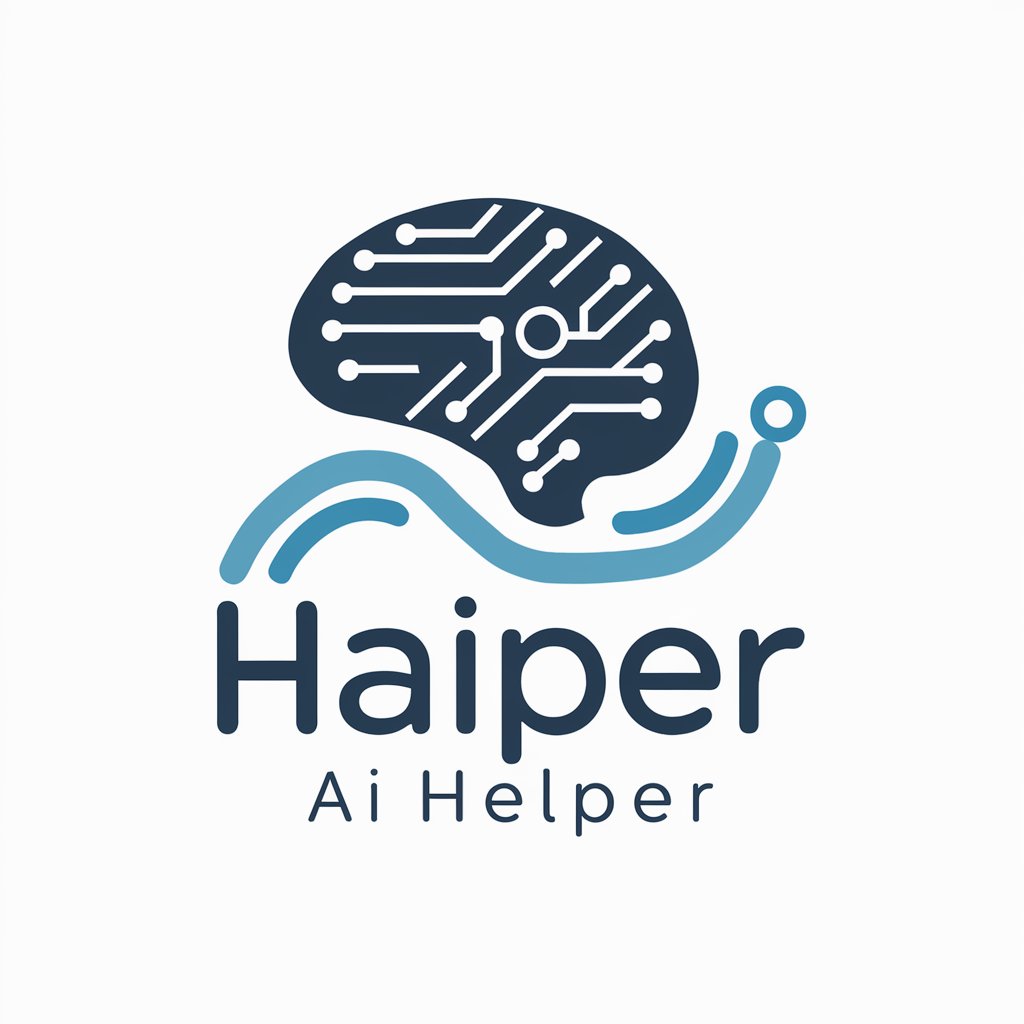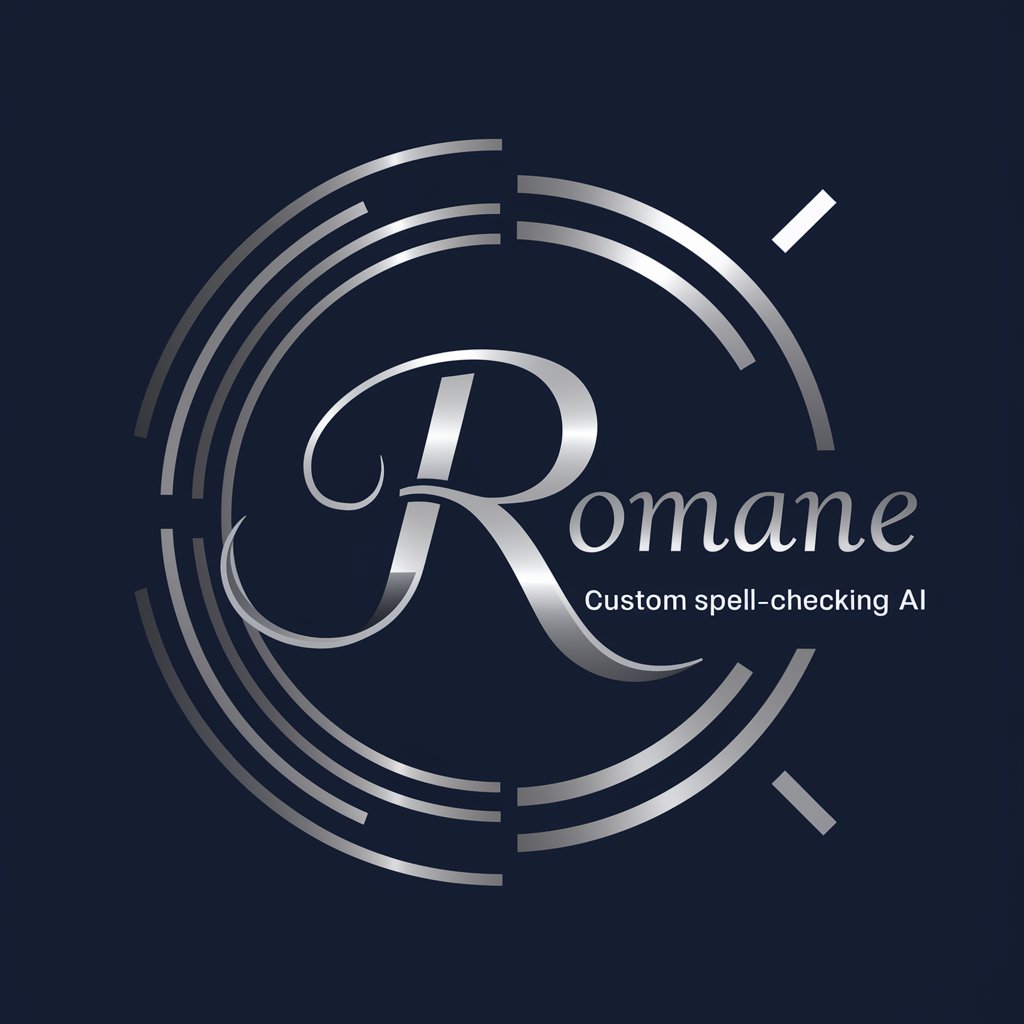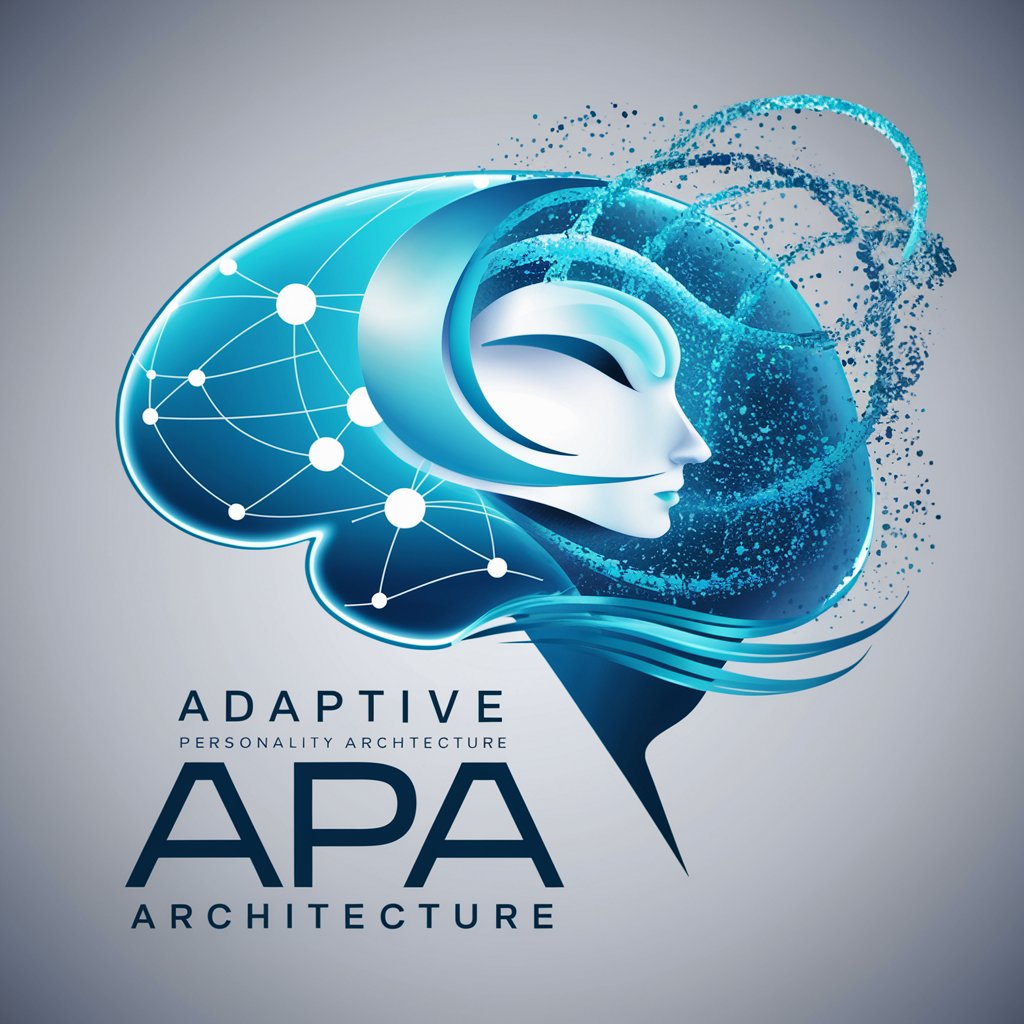Database Architect (+Database Visualization) - Database Design and Visualization

Welcome! Let's create insightful data visualizations.
Visualize, Optimize, and Collaborate on Database Design.
Visualize the structure of...
Create a diagram to show...
Generate a detailed chart for...
Help me analyze the data for...
Get Embed Code
Introduction to Database Architect (+Database Visualization)
Database Architect (+Database Visualization) is designed to assist users in visualizing database structures and relationships, as well as various types of diagrams to better understand and manage data architectures. Its primary goal is to simplify the process of creating and understanding complex data structures by providing clear visual representations. This tool leverages diagramming and charting techniques to help users gain insights into their data models, identify potential issues, and design optimal database solutions. For instance, when designing a new application, Database Architect can help visualize the ER diagram of the proposed database schema, ensuring that all entities and relationships are correctly structured before any actual development begins. Powered by ChatGPT-4o。

Main Functions of Database Architect (+Database Visualization)
Entity-Relationship Diagram (ERD) Creation
Example
Generating a detailed ER diagram that showcases entities like 'Customer' and 'Order' with their relationships and attributes.
Scenario
An e-commerce company is designing a new database to manage customers and orders. Using Database Architect, they create an ER diagram to visually define entities, their relationships, and attributes. This ensures a clear understanding among the development team before implementation.
Class Diagram Creation
Example
Illustrating the relationship between classes like 'Vehicle' and 'Car', with their respective attributes and methods.
Scenario
In a software development project, the team needs to understand the object-oriented structure of the application. They use the class diagram function to visualize class relationships, aiding in the design and implementation of the application's architecture.
Database Diagram Generation
Example
Creating a diagram that links tables such as 'users' and 'orders', indicating primary and foreign key relationships.
Scenario
A database administrator wants to understand how different tables interact in the current database. By generating a database diagram, they can easily see table relationships, which helps in optimizing queries and maintaining data integrity.
Sequence Diagram
Example
Displaying the flow of messages between objects or systems, like showing how a 'User' interacts with 'Authentication' and 'Database' systems.
Scenario
A developer wants to understand the sequence of operations involved in a user login process. They create a sequence diagram to visualize the interactions between the user interface, authentication system, and database, which helps in debugging and optimizing the process.
Ideal Users of Database Architect (+Database Visualization)
Database Architects
These users are responsible for designing database structures that support business needs. They benefit from the tool's ability to visualize complex data relationships, ensuring efficient and scalable database designs.
Software Developers
Developers often need to understand data flows and interactions. This tool helps them visualize class and sequence diagrams, providing clarity in software design and aiding in the development of robust applications.
Data Analysts
Data analysts use this tool to understand the data models underlying their analysis. Visualizing entity relationships helps them comprehend the data they work with and ensures accurate insights.
Project Managers
Project managers overseeing data projects use these diagrams to communicate database architecture and application design to stakeholders, ensuring everyone has a clear understanding of the project's data structure.

Steps to Use Database Architect (+Database Visualization)
Register for a Trial
Visit yeschat.ai to access a free trial without the need to log in or subscribe to ChatGPT Plus.
Explore Documentation
Review the available documentation to understand the tool's capabilities and interface layout.
Define Your Database Structure
Input your database schema details, including tables, fields, and relationships, to visualize the structure.
Utilize Visualization Features
Make use of the built-in visualization options to create diagrams that help in understanding and presenting your database schema.
Analyze and Optimize
Analyze the generated diagrams to optimize database performance and structure, taking advantage of the tool's AI insights.
Try other advanced and practical GPTs
Humanize AI Text - Humbot
Bringing Human Touch to AI Text

Humanizer Nederlands
AI-powered Dutch text adaptation.

Haiper AI Video
Craft Videos with AI Magic

Haiper Ai Helper
Transform ideas into videos instantly.

IoT (Internet of Things) Mentor
Empowering IoT Innovations with AI

Romane
Perfect Your Text with AI

Russian to Serbian
AI-driven, accurate, Russian-Serbian translation

Expert Paris Sportifs Analyse Structurée
Revolutionize Your Betting Strategy

CISSP Study Strategy Guide
Empowering CISSP Success with AI

ProfessorPDF
Empowering Your PDFs with AI

Quick ANSWER
Empowering precision with AI

Adaptive Personality Architecture
Empowering interactions with AI-driven personalities.

Common Questions About Database Architect (+Database Visualization)
What is Database Architect (+Database Visualization)?
It's a specialized tool designed to help users visualize and optimize their database structures through intuitive diagrams and AI-powered insights.
How can this tool help optimize a database?
By providing visual insights into database structures, it helps identify redundancies, optimize relationships, and enhance database performance.
What types of diagrams can be generated?
The tool supports various diagrams such as ER diagrams, sequence diagrams, class diagrams, and database schemas to accommodate different aspects of database design.
Can I integrate this tool with other software?
Yes, it offers integration capabilities with several database management and development environments, enhancing workflow and productivity.
Is there support for team collaboration?
Yes, the tool includes features that support team collaboration, allowing multiple users to work on a single project simultaneously.
